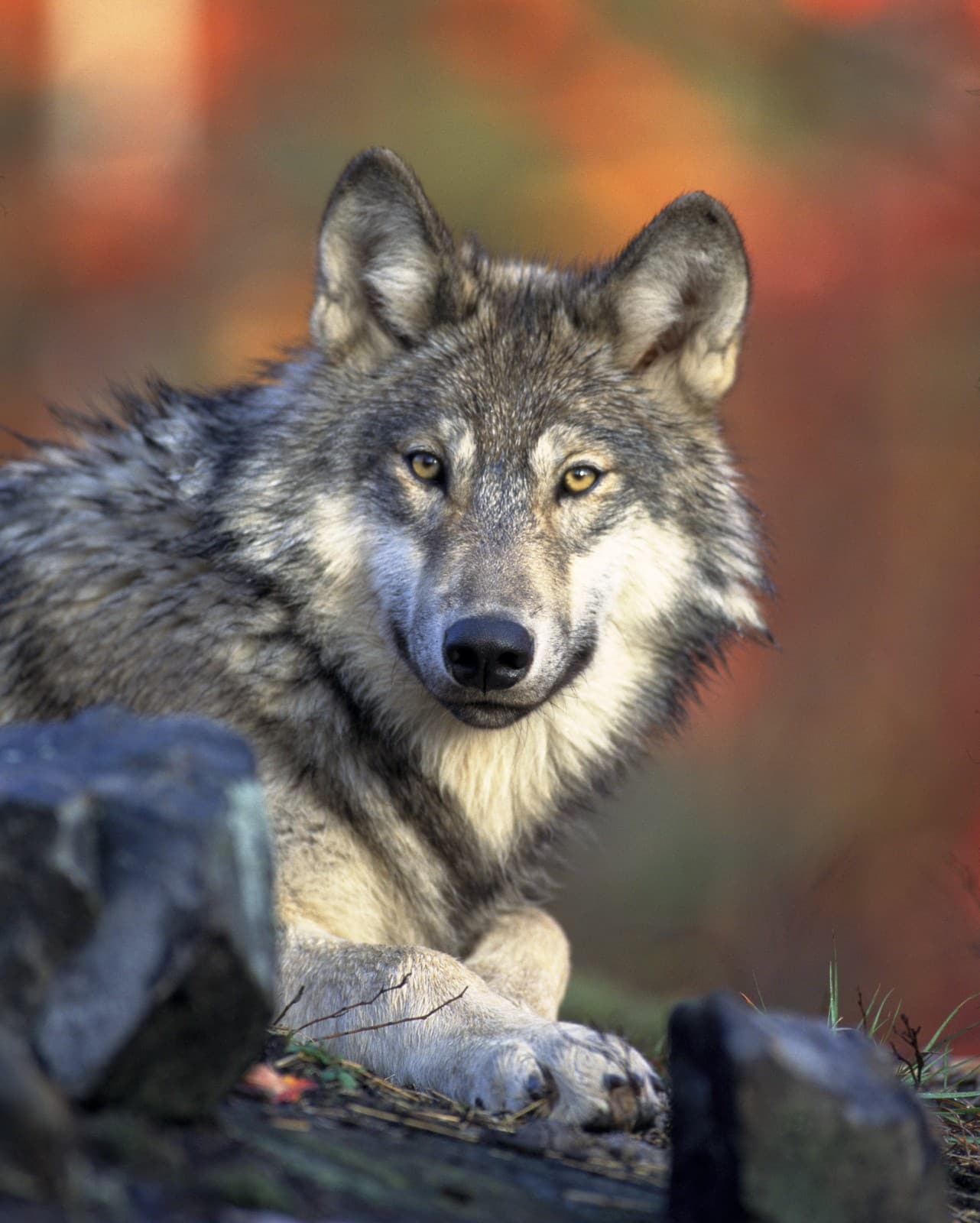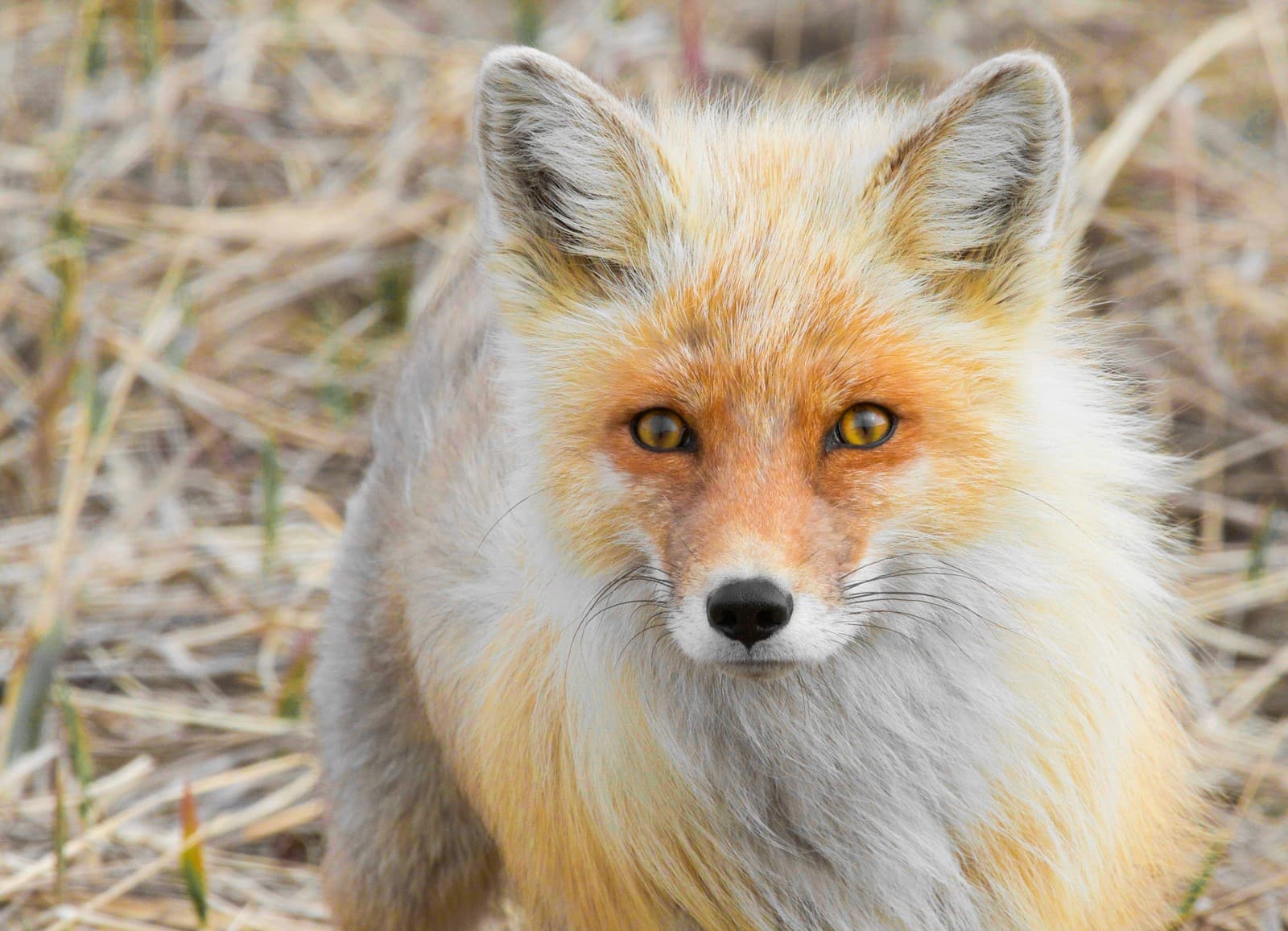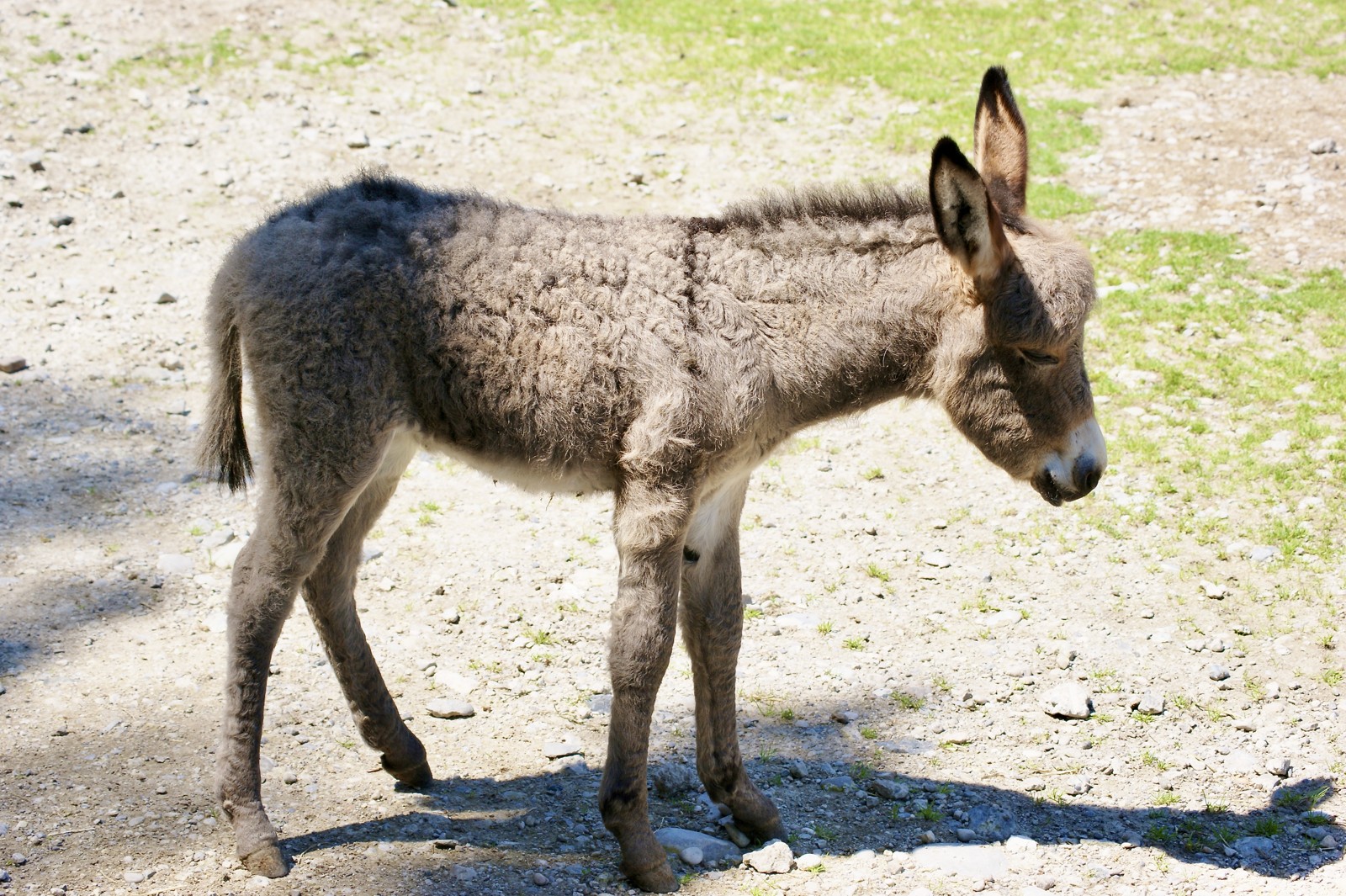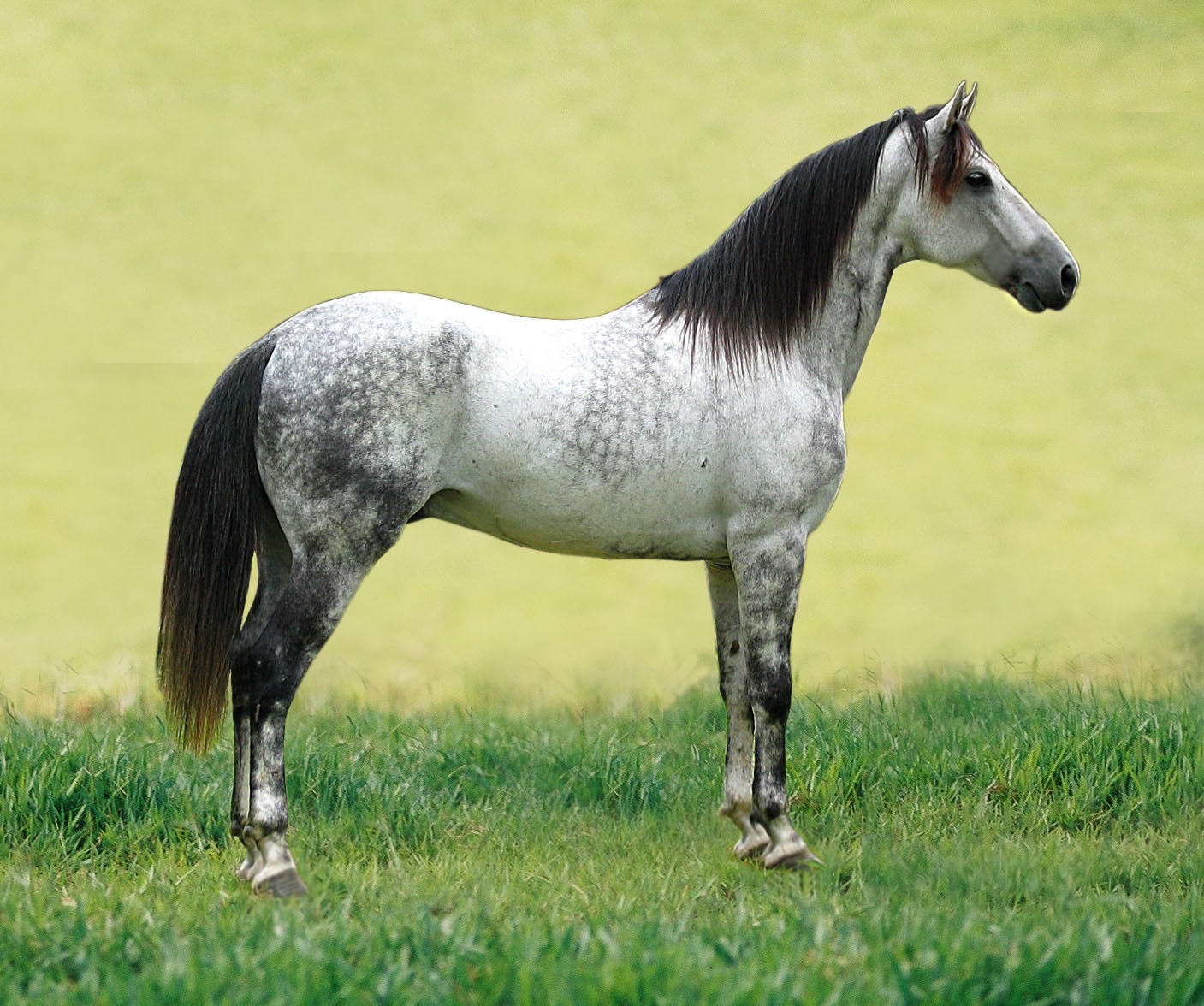Domestic Dog vs Fox: A Complete Comparison
While domestic dogs and foxes share a common ancestor within the Canidae family, these fascinating mammals have evolved distinct characteristics over millions of years. Domestic dogs (Canis lupus familiaris) typically range from 6 to 175 pounds (2.7-79 kg), while the most common fox species, the Red Fox (Vulpes vulpes), weighs just 6.5-24 pounds (3-11 kg). This striking difference in size represents just one of many distinguishing features between these related but distinct canids.
The evolutionary paths of dogs and foxes diverged approximately 7-10 million years ago, leading to significant differences in their anatomy, behavior, and relationship with humans. While dogs have undergone extensive domestication over 15,000+ years, foxes remain wild animals despite some experimental domestication attempts in Russia.
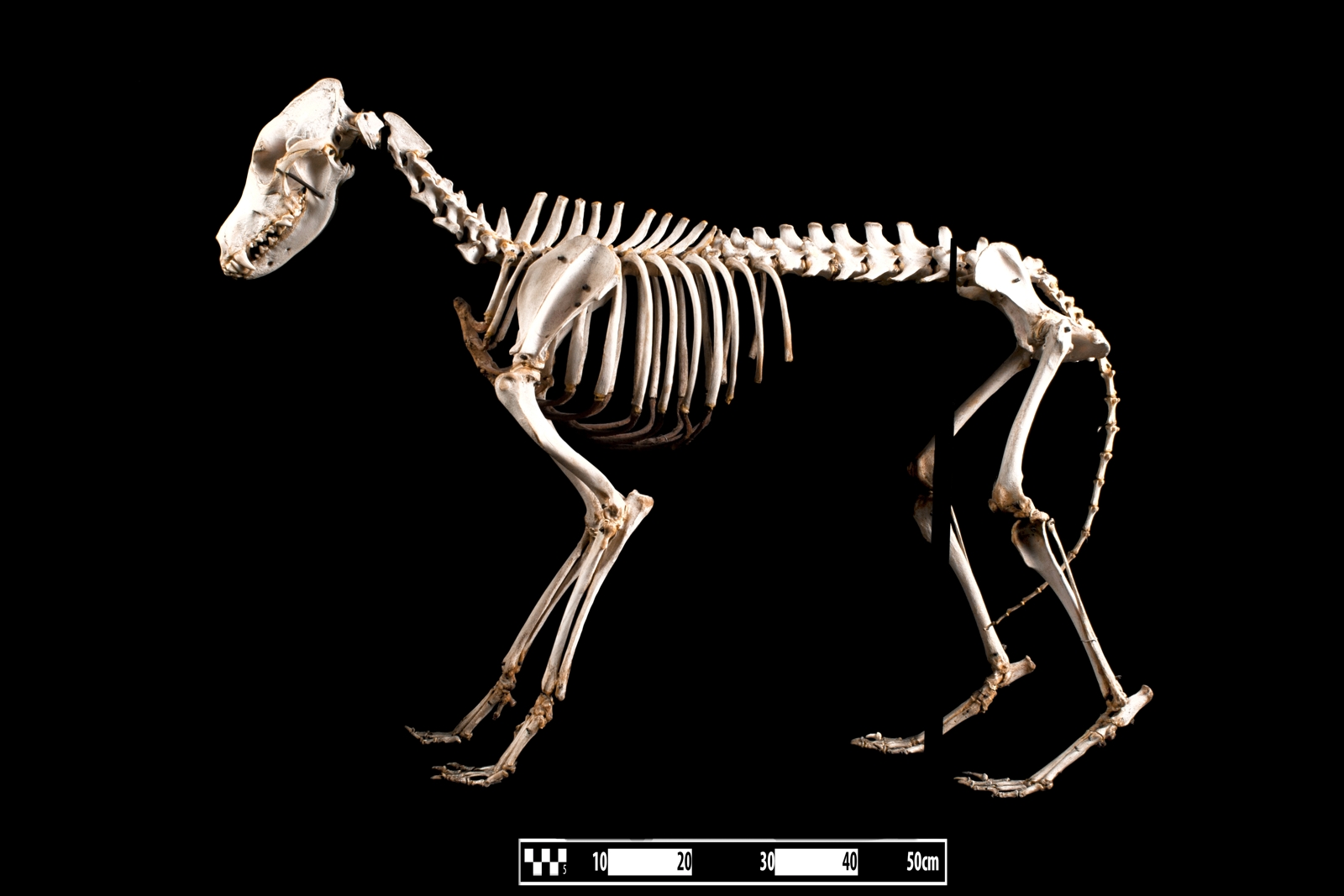
© Museum of Veterinary Anatomy FMVZ USP / Wagner Souza e Silva, edited by Rodrigo Tetsuo Argenton / CC BY-SA 4.0
The domestic dog skeleton reveals key adaptations for pack hunting and endurance running, with robust bones and a chest cavity built for sustained activity. These anatomical features reflect their wolf ancestry and centuries of selective breeding.
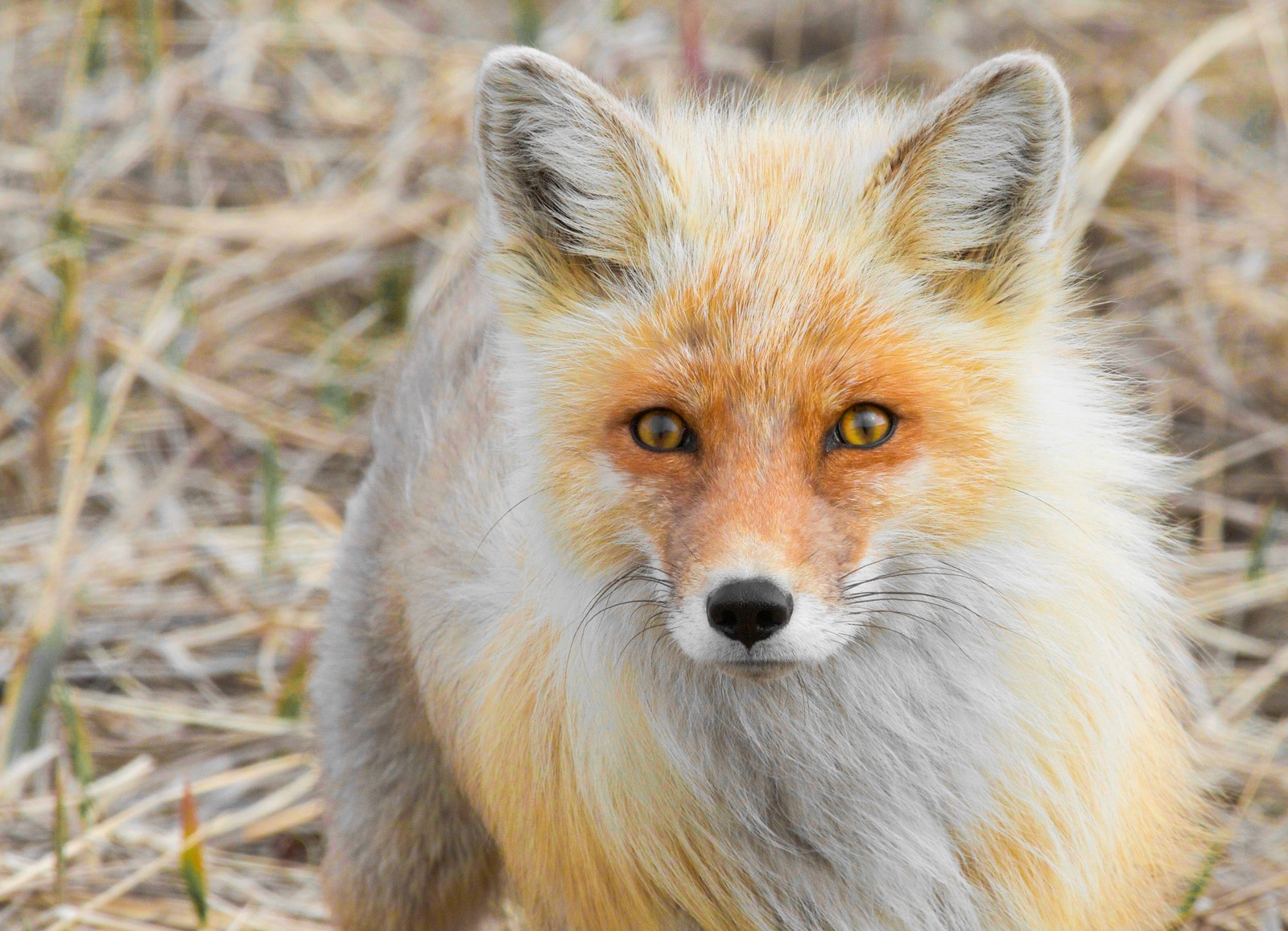
© Gregory "Slobirdr" Smith / CC BY-SA 2.0
The Red Fox exhibits the characteristic features that distinguish foxes from domestic dogs: a more pointed muzzle, larger ears in proportion to head size, and the distinctive russet coat that provides camouflage in their natural habitat.
Key Differences: Domestic Dog vs Fox
| Feature | Domestic Dog | Fox |
|---|---|---|
| Size Range | 6-175 lbs (2.7-79 kg) | 6.5-24 lbs (3-11 kg) |
| Lifespan | 10-13 years | 2-5 years in wild |
| Social Structure | Pack-oriented | Primarily solitary |
| Pupil Shape | Round | Vertical slit |
| Hunting Style | Pack hunting/scavenging | Solo hunting |
| Human Interaction | Highly social with humans | Naturally wary of humans |
Behavioral Differences
Domestic dogs and foxes exhibit markedly different behavioral patterns. Dogs are pack animals with strong social hierarchies, while foxes typically lead solitary lives, coming together only during mating season. Dogs have evolved to understand human social cues, responding to pointing gestures and maintaining eye contact. Foxes, even in rare cases of habituation to humans, retain their wild instincts and independent nature.
Habitat and Distribution
While domestic dogs have adapted to live wherever humans settle, foxes maintain specific habitat requirements. Red foxes demonstrate remarkable adaptability, inhabiting environments from arctic tundra to urban areas, but they require territories of 0.5-5 square miles (1.3-13 square kilometers) depending on resource availability. Dogs, in contrast, have no natural territory requirements beyond what their human companions provide.
Physical Capabilities
Speed and Agility
- Dogs: 15-45 mph (24-72 km/h), depending on breed
- Foxes: Up to 30 mph (48 km/h), with superior agility and jumping ability
Sensory Abilities
Both species possess keen senses, but with different specializations:
- Dogs excel in scent detection, with up to 300 million olfactory receptors
- Foxes have superior night vision and can detect magnetic fields for hunting
Diet and Hunting
Domestic dogs are opportunistic omnivores, adapted to a diet heavily influenced by human food production. Foxes maintain the hunting patterns of wild canids, with a diet consisting primarily of:
- Small mammals (40%)
- Birds (20%)
- Insects and invertebrates (20%)
- Fruits and berries (20%)
Conservation and Human Impact
While domestic dogs face no extinction threats, many fox species require conservation attention. The Red Fox remains numerous, but other species like the Darwin’s Fox and Island Fox have faced significant population challenges. Understanding the distinctions between these canids becomes increasingly important for conservation efforts and human-wildlife conflict management.
Interaction with Humans
The stark contrast in human relationships represents perhaps the most significant difference between domestic dogs and foxes. Dogs have evolved alongside humans for millennia, developing unique abilities to interpret human emotions and commands. Foxes, despite their intelligence, remain wild animals that should never be approached or kept as pets, with rare exceptions in specialized research programs.
This fundamental difference in human compatibility underscores why, despite their shared ancestry, domestic dogs and foxes occupy vastly different niches in the natural world and human society.
